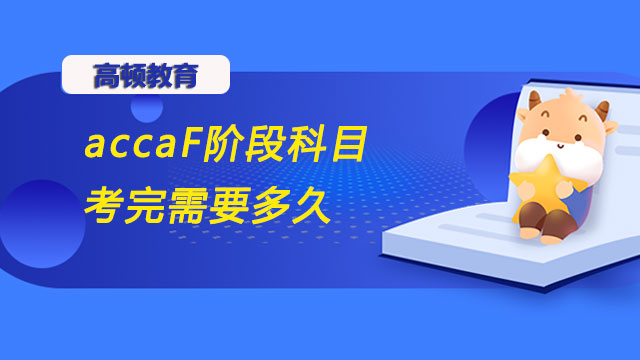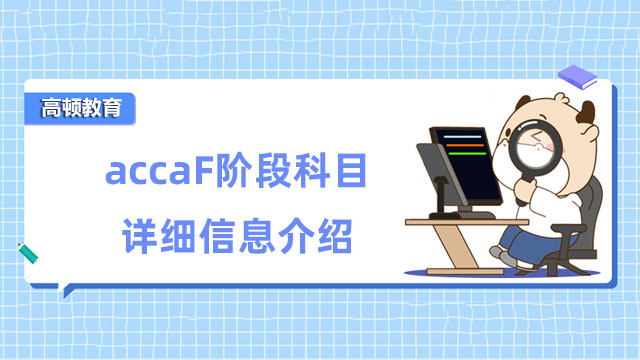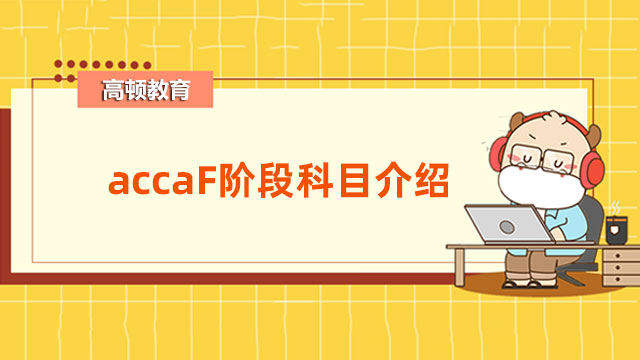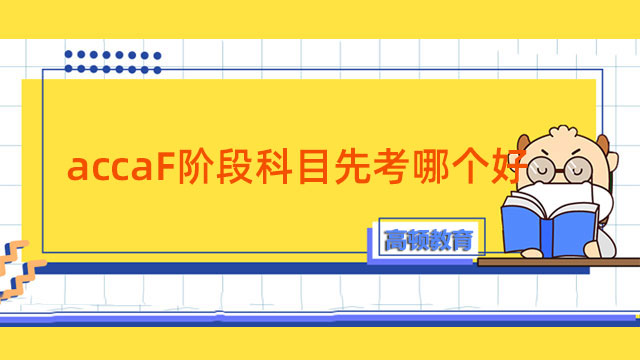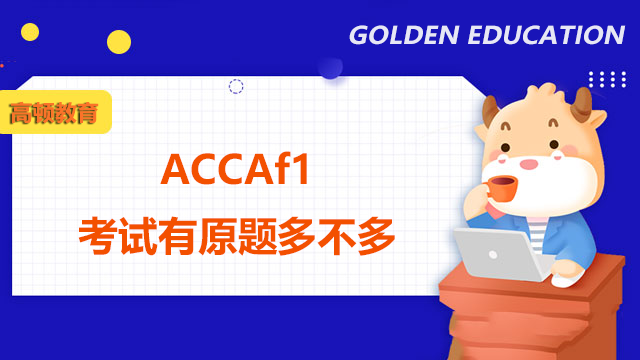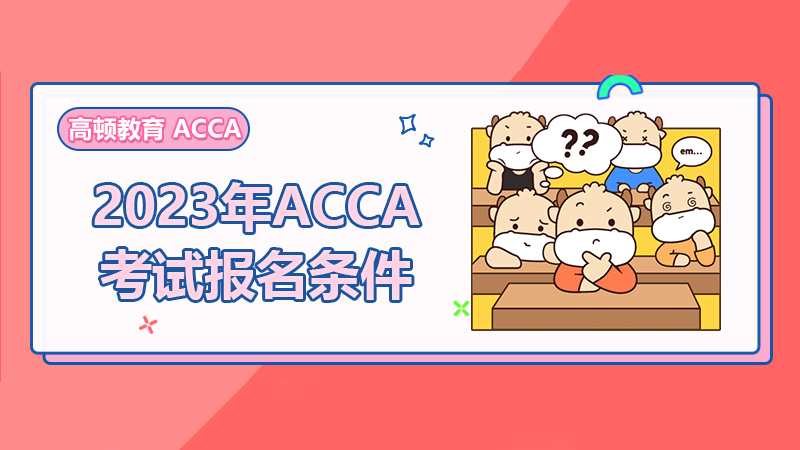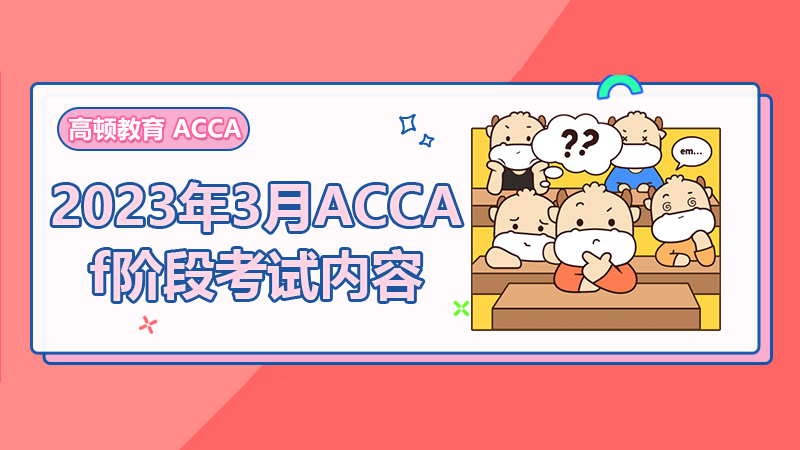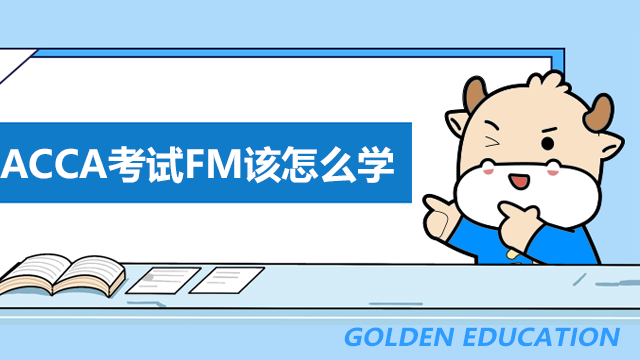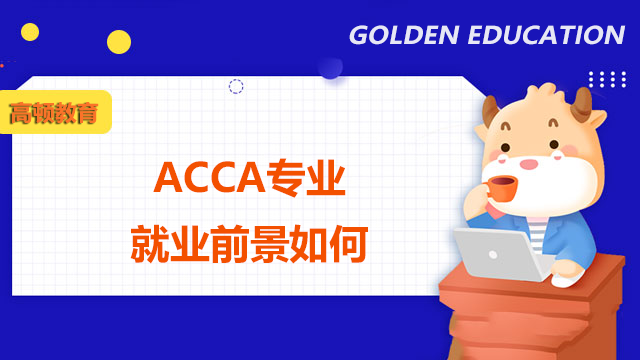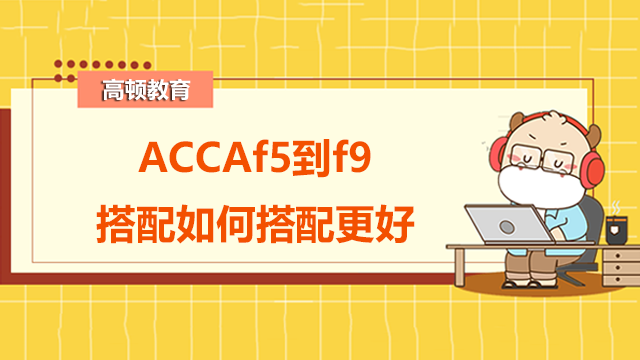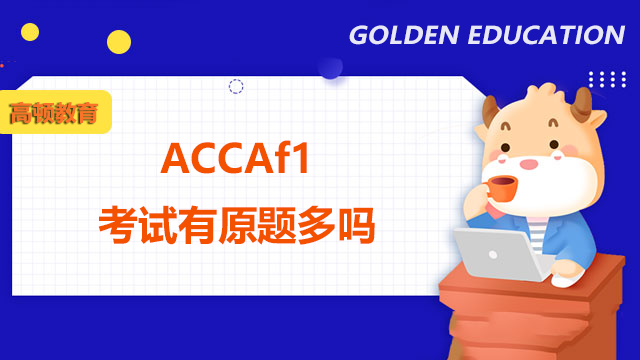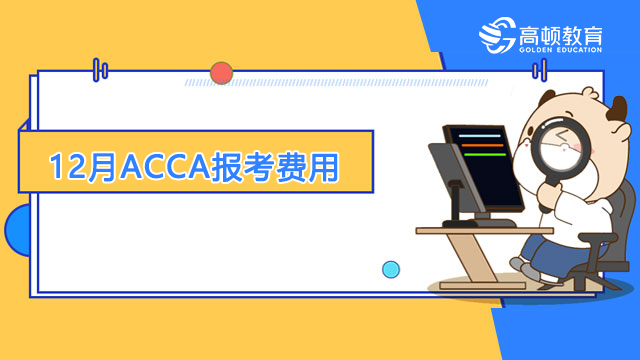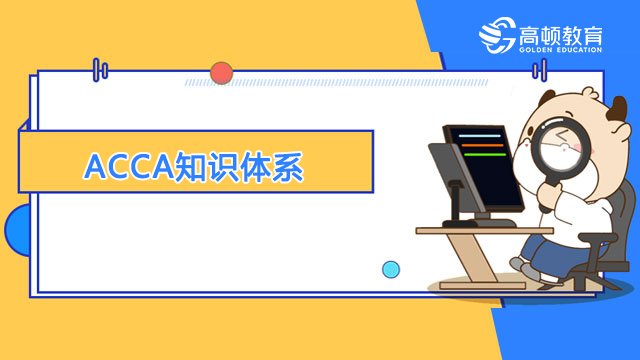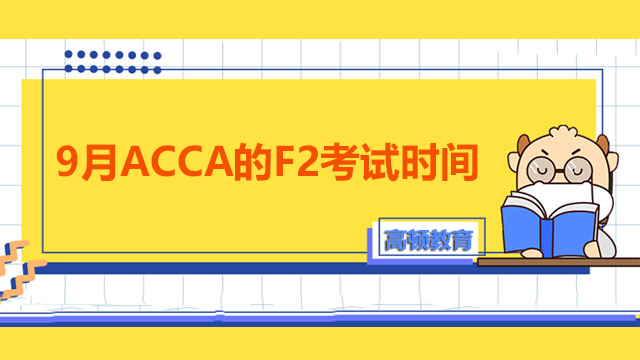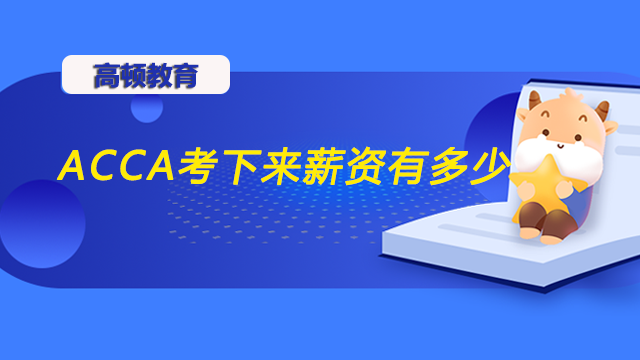关于ACCA F9常见的问题
来源:
高顿网校
2013-06-17
1. In investment appraisal calculations, I have a problem with using capital allowances since i am confused about the timing of the capital allowances and the tax benefits they generate. Can you help me?
Capital allowances or tax-allowable depreciation give a company the benefit of tax relief on the cost of buying non-current assets. The profit on which tax is calculated is reduced by the amount of the capital allowance, so the tax liability is reduced by an amount equal to the capital allowance multiplied by the tax rate.
The simplest approach to dealing with capital allowances in investment appraisal is to claim one capital allowance for each year of operation of an investment project. The first capital allowance is claimed in the first year, reducing the tax liability for that year. If tax is paid in the year in which the liability arises, the tax paid in the first year will be lower. If tax is paid one year in arrears, the tax paid in the second year, which is the tax due on the first year's profits, will be lower. The exam question will state whether tax is to be paid one year in arrears. This approach assumes that the non-current asset, say a machine, was bought at the start of the first year of operation.
A more complicated approach to dealing with capital allowances in investment appraisal is to assume that the machine is bought before the first year of operation. This assumption is closer to what happens in reality, but it makes investment appraisal more difficult. The first capital allowance is claimed against company profits (not project profits) in the year before the investment project begins. One capital allowance will also be claimed for each year of operation, so there will be one more capital allowance than in the first method. If tax is paid in the year in which the liability arises, the first tax payment will be made at the start of the project (Year 0) and there will be one tax payment in each year of the project. If tax is paid one year in arrears, there will be one tax payment in each year of the project and one tax payment after the project has ended.
I recommend the first approach, which is easier to understand and leads to fewer errors when answering examination questions. This also the approach adopted by the suggested answers to examination questions.
2. Can you explain how shareholders benefit financially from owning shares in a company?
Many companies pay dividends to their shareholders, so each year shareholders receive cash income from the shares they own. Shareholders also hope that the price of their shares on the stock market will increase during the year. This increase in share prices is a capital gain. Unless the shares are sold at the end of the year, the capital gain will be an unrealised gain, i.e. a gain on paper but not in cash terms.
The wealth of a shareholder is increased by both the dividends received and the capital gain. The sum of these, compared to the share price at the start of the year, is called total shareholder return. In percentage terms, total shareholder return is the sum of dividend yield and percentage capital gain. It represents the actual return on shares and compared with the theoretical return on shares, for example the return predicted by the capital asset pricing model.
3. I often confuse ARR and IRR. Can you explain the difference between these two investment appraisal methods?
I think confusion arises because accounting rate of return (ARR) and internal rate of return (IRR) have the same letters in their acronyms. Both investment appraisal methods give a value in percentage terms, but there the similarity ends.
IRR is the discount rate which gives a net present value of zero for an investment project. The IRR method is a discounted cash flow method that takes account of the time value of money and the calculated IRR is found by linear interpolation. The ARR method uses average annual accounting profit, not cash flow, and calculates a percentage return on the capital invested in a project. ARR is very similar to return on capital employed (ROCE) and the two terms (ARR and ROCE) are often used interchangeably from an investment appraisal point of view. Once you gain an understanding of how different these two methods are, it will become difficult to confuse them.
高顿网校特别提醒:已经报名2013年ACCA考试的考生可按照复习计划有效进行!另外,高顿网校2013年ACCA考试辅导高清课程已经开通,通过针对性地讲解、训练、答疑、模考,对学习过程进行全程跟踪、分析、指导,可以帮助考生全面提升备考效果。
报考指南: 2013年ACCA考试报考指南
考前冲刺:ACCA考试试题 考试辅导
高清网课:ACCA考试网络课程
高顿网校特别提醒:已经报名2013年ACCA考试的考生可按照复习计划有效进行!另外,高顿网校2013年ACCA考试辅导高清课程已经开通,通过针对性地讲解、训练、答疑、模考,对学习过程进行全程跟踪、分析、指导,可以帮助考生全面提升备考效果。
报考指南: 2013年ACCA考试报考指南
考前冲刺:ACCA考试试题 考试辅导
高清网课:ACCA考试网络课程
版权声明:本条内容自发布之日起,有效期为一个月。凡本网站注明“来源高顿教育”或“来源高顿网校”或“来源高顿”的所有作品,均为本网站合法拥有版权的作品,未经本网站授权,任何媒体、网站、个人不得转载、链接、转帖或以其他方式使用。
经本网站合法授权的,应在授权范围内使用,且使用时必须注明“来源高顿教育”或“来源高顿网校”或“来源高顿”,并不得对作品中出现的“高顿”字样进行删减、替换等。违反上述声明者,本网站将依法追究其法律责任。
本网站的部分资料转载自互联网,均尽力标明作者和出处。本网站转载的目的在于传递更多信息,并不意味着赞同其观点或证实其描述,本网站不对其真实性负责。
如您认为本网站刊载作品涉及版权等问题,请与本网站联系(邮箱fawu@gaodun.com,电话:021-31587497),本网站核实确认后会尽快予以处理。
点一下领资料
【整理版】ACCA各科目历年真题
真题高频考点,刷题全靠这份资料
下载合集
acca全科学习思维导图
梳理核心考点,一图看懂全部章节
下载合集
2023年acca考纲解析
覆盖科目重难点,备考按照计划走
下载合集
acca备考 热门问题解答
- acca考试怎么搭配科目?
-
建议优先选择相关联的科目进行搭配报考,这样可以提高备考效率,减轻备考压力,1、F1-F4:为随时机考科目,难度较低,这里可以自行随意选择考试顺序。2、F5-F9:如果你的工作的和财务会计或者审计有关、或者你比较擅长财务和审计的话,推荐先考F7和F8。你可以选择一起考ACCA考试科目F7和F8或者先考F7(8)再考F8(7),这就要取决你一次想考几门。3、P阶段:选修科目中,建议企业首选AFM!第二部分科目进行选择,如果AA和SBR掌握学生更好,可以通过选择AAA,如果SBL掌握的好,可以自己选择APM。
- acca一共几门几年考完?
-
acca一共有15门考试科目,其中有必修科目和选修科目,考生需要考完13门科目才能拿下证书。
- acca一年考几次?
-
acca一年有4次考试,分别是3月、6月、9月和12月,分季机考科目是采取的这类四个考季的模式,而随时机考则是没有这方面的时间规定限制,可以随报随考。
- acca的含金量如何?
-
ACCA证书的含金量是比较高的,从就业、能力提升、全球认可等角度来说,都是比较有优势的证书,其含金量主要表现在以下几个方面:1、国际化,认可度高;2、岗位多,就业前景好;3、缺口大,人才激励。
严选名师 全流程服务
其他人还搜了
热门推荐
-
acca《TX税务》2023-2024考纲变动高达10%,考生请注意! 2023-04-25
-
accaf阶段包括哪几门?这些重点你要注意! 2023-03-30
-
accaF阶段科目考完需要多久?难度大吗? 2023-03-28
-
accaF阶段科目详细信息介绍,这篇介绍全了! 2023-03-23
-
acca《AA审计与认证业务》详细介绍,一文完全了解! 2023-03-17
-
accaF阶段科目介绍,全科难度排序来了! 2023-03-15
-
accaF阶段学多久?学姐经验分享! 2023-03-10
-
accaF阶段科目先考哪个好?报考要注意什么? 2023-02-15
-
accaF8怎么学?备考经验总结! 2023-01-18
-
ACCA考试F阶段考试科目 2022-11-01
-
ACCAf1考试有原题多不多?如何查看考试成绩? 2022-10-19
-
ACCAf阶段的科目内容分别是什么?考试形式是什么? 2022-10-11
-
ACCAf阶段考试科目有哪些?学科内容都是什么? 2022-10-11
-
在上海读ACCA专业的就业前景如何?报名条件是什么? 2022-10-09
-
在上海读ACCA专业的就业前景如何?报名条件是什么? 2022-10-09
-
在上海读ACCA专业的就业前景如何?报名条件是什么? 2022-10-09
-
2023年ACCA考试报名条件是什么?考试报名流程是什么? 2022-09-26
-
2023年3月份考试ACCAf阶段的考试内容是什么?附答题技巧 2022-09-26
-
ACCAf1考试时间是怎么安排的?看完这篇你就知道了 2022-09-13
-
特许公认会计师基础阶段的考试内容是什么?考察什么内容? 2022-09-08
-
ACCA考试FM该怎么学?这份攻略请收好! 2022-09-08
-
ACCA专业的就业前景如何?报名条件是什么? 2022-08-26
-
ACCAf5到f9搭配如何搭配更好?附备考建议! 2022-08-26
-
ACCA要通过多少门才有用?如何申请会员证书? 2022-08-18
-
ACCAf1考试有原题多吗?如何查看考试分数? 2022-08-17
-
12月ACCA报考费用多少钱?报名截止日期什么时候? 2022-08-15
-
ACCA知识体系是什么?附备考攻略! 2022-08-15
-
9月ACCA前四科考试时间是什么时候?附考试攻略! 2022-08-15
-
9月ACCA的F2考试时间是什么时候?什么时候出成绩? 2022-08-12
-
ACCA考下来薪资有多少?考了ACCA有什么好处? 2022-08-08
 更多服务
更多服务








